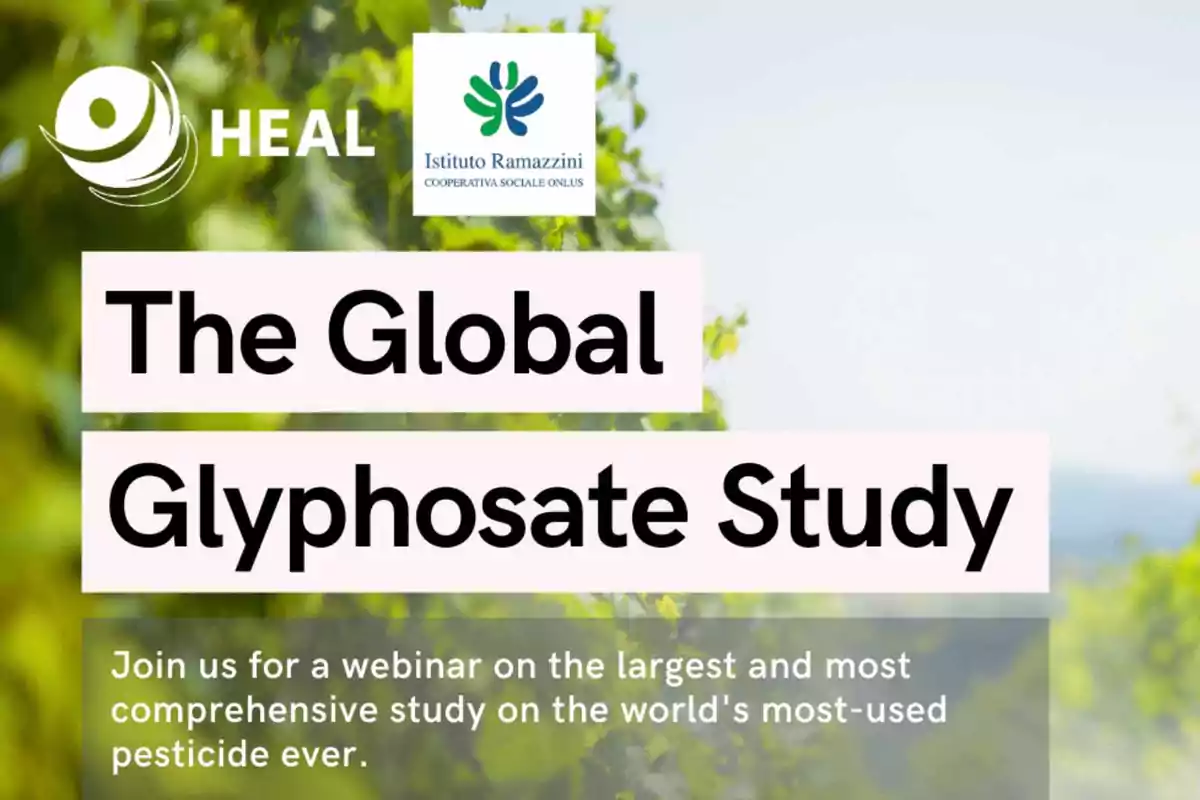
Prolonged exposure to glyphosate causes multiple types of cancer
A global study confirms that prolonged exposure to glyphosate causes multiple types of cancer in rats, reinforcing international warnings about its toxicity.
Glyphosate-based herbicides (GBHs) are the most widely used weed killers worldwide. Still concerns over their safety have grown since the International Agency for Research on Cancer (IARC) classified glyphosate as a probable human carcinogen in 2015. Now, new results from the Global Glyphosate Study led by the Ramazzini Institute report clear carcinogenic effects in rats exposed from prenatal life until two years of age.
The team administered glyphosate and two formulations. Roundup Bioflow, used in the EU, and RangerPro, used in the US, via drinking water at doses corresponding to the EU acceptable daily intake and no observed adverse effect level. Across all exposure groups, significant increases in multiple benign and malignant tumors were observed, including rare cancers with very low background incidence in Sprague, Dawley rats.
Who ran the study
The experiments were carried out at the Cesare Maltoni Cancer Research Center of the Ramazzini Institute in Bentivoglio, Italy, under the direction of Daniele Mandrioli and colleagues. The project involved more than a thousand rats and included prenatal exposures starting at gestational day six.
The study is part of the Global Glyphosate Study, a multi-institutional program launched in 2019 to provide the most comprehensive toxicological evaluation of glyphosate. Previous arms of the project reported effects on the microbiome, development and endocrine systems.
What the researchers did
Female breeders were exposed during pregnancy and lactation, and their offspring continued exposure until two years of age. Glyphosate alone and the two formulations were tested at three doses: 0.5, 5, and 50 milligrams per kilogram body weight per day. These values include the current EU acceptable daily intake and the no observed adverse effect level.
Animals underwent full necropsy and histopathological evaluation of all major organs and tissues. The incidence of neoplastic lesions was compared to concurrent controls and historical control databases from the Ramazzini Institute and the US National Toxicology Program.
What they found
The treated groups showed statistically significant increases in leukemia, skin tumors, liver carcinomas, thyroid cancers, nervous system tumors, bone neoplasms, and endocrine-related cancers. Importantly, almost half of the leukemia deaths in exposed groups occurred before one year of age, a phenomenon not seen in over 1,600 historical controls.
Rare cancers, including hemangiosarcoma, malignant Schwannoma, and granulosa cell tumors of the ovary, appeared in exposed rats. The study also noted male mammary gland tumors, an unusual finding in this strain, suggesting endocrine-disrupting effects consistent with earlier reports OECD 2008.
Why it matters
The results strengthen IARC’s conclusion of “sufficient evidence” of glyphosate carcinogenicity in experimental animals. They align with epidemiological studies linking GBHs to increased risks of non-Hodgkin lymphoma and childhood leukemia in farming communities.
The authors stress that glyphosate alone was sufficient to cause many tumor types, while GBH co-formulants may enhance carcinogenicity, particularly in the case of leukemia and adrenal tumors. They highlight that prenatal and early-life exposures are especially critical, supporting the DOHaD concept that chemical exposures during development can have long-term health consequences.
The work appears in Environmental Health.
More posts: